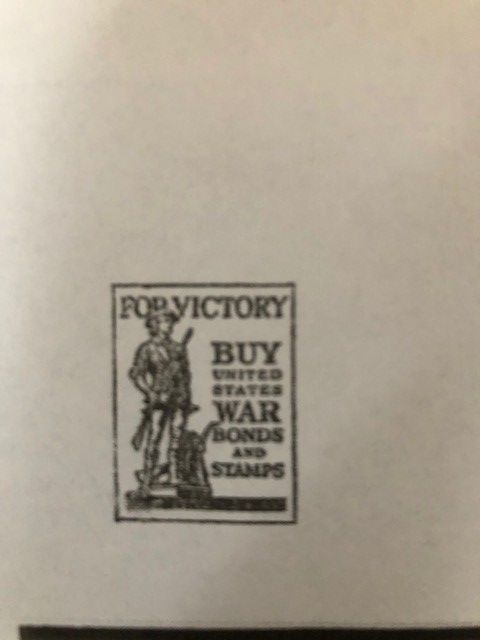Maria Mitchell In Her Own Words
Dec 16, 1870
Alfred Stone,
I have a lecture on the Seven Stars of the Great Bear, which I shall be pleased to give before your “Union.” I shall probably be in Boston from Dec 22 to Jan 3d and can come down to Providence in that time, or (what I should prefer) stop at Providence on my way to Po’keepsie, and Lecture Wednesday evening Jan 4. I have never spoken to an audience of more than 400, and am therefore glad that your hall is a small one.
My charge to a Lyceum is $50. I charge $20 to a school, and should be glad to make some engagements in schools in and around Providence.
Maria Mitchell
My address after Dec. 21 is 81 Inman St., Cambridgeport, Mass.
Alfred Stone, a prominent architect of Providence, Rhode Island invited Maria to speak. Stone was well-known and a founding partner of his architecture firm. He designed the Providence Public Library, buildings at Brown University and the University of Rhode Island, as well as numerous private homes, in addition to quite a few other private and public buildings. Her Cambridgeport address for the school holidays was that of one of her younger sister, Phebe Mitchell Kendall, who lived in Cambridgeport with her husband Joshua and son, William Mitchell Kendall – a young man who would become an architect with McKim, Mead, and White (see an earlier post for more on WMK). Phebe Mitchell Kendall, like Maria, was a member of the Association for the Advancement of Women, serving as the head of the Dress Reform Committee at one point; was the first woman to serve on Cambridge’s School Board; and was an artist of quite some talent, once opening an art school on Nantucket.
JNLF
Recent Posts





